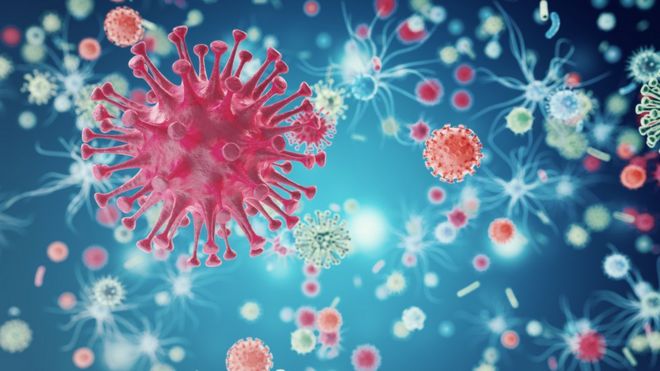Tank
Gold Member
- Apr 2, 2009
- 18,809
- 2,648
- 280
- Banned
- #1
New data from the U.S. Centers for Disease Control and Prevention reveal progress since the peak of the HIV epidemic in the 1980s. But the sharp increases in infection rates among young black men who have sex with men show there is much more work to do, they said.
"We're very concerned about these increases among young gay men," Dr. Kevin Fenton, director of the CDC's National Center for HIV/AIDS, said in a telephone interview.
"We can't allow the health to a new generation to be lost to what is essentially a completely preventable disease."
According to the estimates, published in the journal PLoS ONE, there were 48,600 new HIV infections in the United States in 2006, 56,000 in 2007, 47,800 in 2008 and 48,100 in 2009. Over the four-year period, that amounts to an average of 50,000 cases per year.
But communities of color, and especially blacks, were disproportionately affected.
While blacks represent 14 percent of the U.S. population, they accounted for 44 percent of new HIV infections in 2009. HIV infection rates among blacks were nearly eight times higher than rates in whites, according to the study.
Hispanics, who represent about 16 percent of the population, accounted for 20 percent of new HIV infections in 2009 - a rate that was nearly three times as high as that of whites.
HIV infections in U.S. stable but disparities exist | Reuters
"We're very concerned about these increases among young gay men," Dr. Kevin Fenton, director of the CDC's National Center for HIV/AIDS, said in a telephone interview.
"We can't allow the health to a new generation to be lost to what is essentially a completely preventable disease."
According to the estimates, published in the journal PLoS ONE, there were 48,600 new HIV infections in the United States in 2006, 56,000 in 2007, 47,800 in 2008 and 48,100 in 2009. Over the four-year period, that amounts to an average of 50,000 cases per year.
But communities of color, and especially blacks, were disproportionately affected.
While blacks represent 14 percent of the U.S. population, they accounted for 44 percent of new HIV infections in 2009. HIV infection rates among blacks were nearly eight times higher than rates in whites, according to the study.
Hispanics, who represent about 16 percent of the population, accounted for 20 percent of new HIV infections in 2009 - a rate that was nearly three times as high as that of whites.
HIV infections in U.S. stable but disparities exist | Reuters



